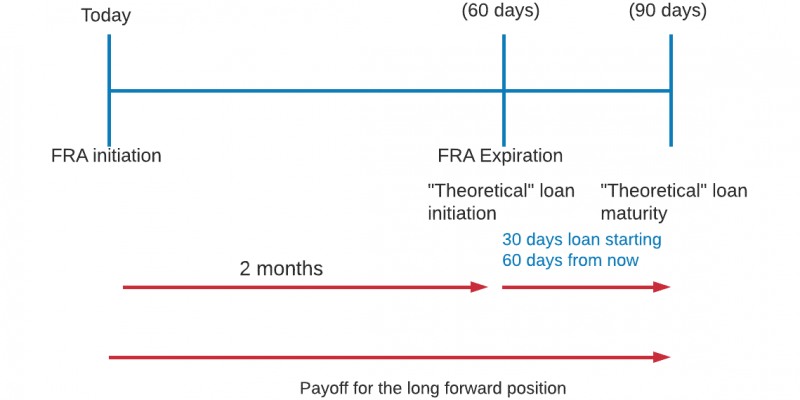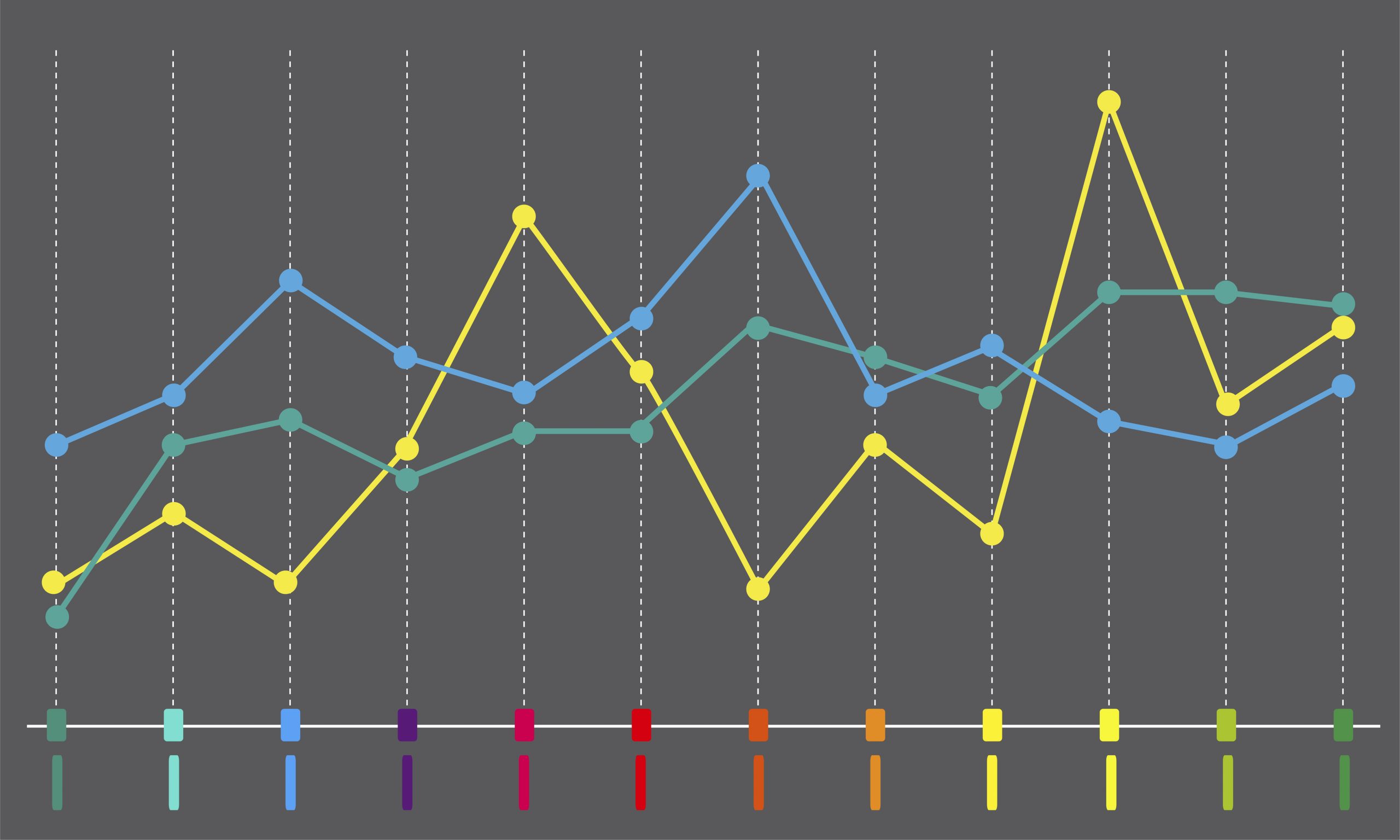
Time To Rethink the Classic 60/40 Portfolio
The Federal Reserve is continuously tightening and affecting fixed-income investments. It has decided to reduce the rate of return for bonds with at least five years of maturity. Generally, the 60/40 portfolio has delivered excellent performance. However, tough times must…

Writing an Effective Preparation Plan for the Level III of the CFA® Exam
You’ve invested a lot of hard work, study hours, and time into passing the level I and level II CFA® exams. You’ve succeeded and now it’s time for the final stage. You can almost see the finish line and now…

CFA® vs. MBA vs. Master’s in Finance (MF): Comparing and Contrasting
If you are just starting or have already begun building a career in finance, you may be considering becoming a CFA (Chartered Financial Analyst®) charterholder. It’s clearly a respected credential in the investment community. At the same time, you may…

7 Reasons People Fail Level I of the CFA® Exam
The financial services industry is filled with career opportunities. There are company-employed financial analysts, CFO’s, and advisors, investment managers, freelance financial planners, personal budget consultants, and, of course, all possible professional careers in the banking and insurance industries. What gets…
Evolution of Portfolio Theory Efficient Frontier to SML (Calculations for CFA® and FRM® Exams)
Evolution of Portfolio Theory In theory, we could form a portfolio made up of all investable assets, however, this is not practical and we must find a way of filtering the investable universe. A risk-averse investor wants to find the…

Timelines – Your Best Friends (Calculations for CFA® and FRM® Exams)
What is a timeline? A timeline is an physical illustration of the amount and the timing of cash flows associated with an investment project. Some of the applications of a timeline include: Quantitative Methods: Time Value of Money Capital Budgeting…

Portfolio Return and Variance (Calculations for CFA® and FRM® Exams)
Portfolio Expected Return Portfolio expected return is the sum of each of the individual asset’s expected return multiplied by its associated weight. Thus: $${E(R_p)}=\sum{w_ir_i}$$ Where: \(i\) = 1, 2, 3, …, n; \(w_i\) = the weight attached to asset i;…

Beta and CAPM
Beta Beta is a measure of systematic risk, which refers to the risk inherent to the entire financial market. This is the risk that you cannot get rid of by diversifying across different securities. A common misconception is that Beta…










